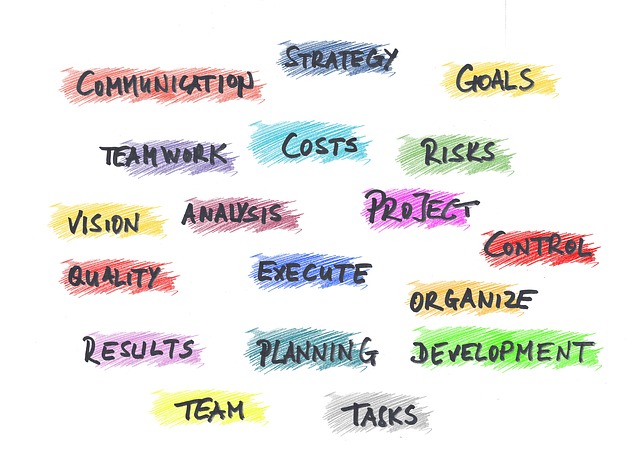This blog series will look at interview techniques starting with the STARR technique. Competency questions are still widely used across the NHS whereby an example will be asked for.
I have heard some very confused and muddled answers – so it’s really important that answers are well-structured and rehearsed before an interview.
The acronym STARR stands for • Situation • Task • Action • Result • Review / Reflect
It is a universally-recognised communication technique designed to enable you to provide a meaningful and complete answer to questions asking for examples. At the same time, it has the advantage of being simple enough to be applied easily.
Step 1 – Situation Describe the situation that you were confronted with or the task that needed to be accomplished. With the STARR approach you need to set the context. Make it concise and informative, concentrating solely on what is useful to the story. For example, if the question is asking you to describe a situation where you had to deal with a difficult person, explain how you came to meet that person and why they were being difficult. If the question is asking for an example of teamwork, explain the task that you had to undertake as a team.
Step 2 – Task Describe what you needed to do in response to the situation. For example, dealing with a difficult customer may have required (i) ensuring that the conversation continued in a civilised manner and (ii) trying to find a constructive solution to the customer’s actual problem. Similarly, a team task might have required (i) making sure that the team reached a consensus on what needed to be done, (ii) planning the project and delegating appropriately and (iii) making sure that the project was well documented.
Step 3 – Action This is the most important section of the STARR approach as it is where you will need to demonstrate and highlight the skills and personal attributes that the question is testing. Now that you have set the context of your story, you need to explain what you did. In doing so, you will need to remember the following:
• Be personal, i.e. talk about you, not the rest of the team • Go into some detail. Do not assume that they will guess what you mean • Steer clear of technical information, unless it is crucial to your story • Explain what you did, how you did it, and why you did it What you did and how you did it The interviewers will want to know how you reacted to the situation. This is where you can start selling some important skills. For example, you may want to describe how you used the team to achieve a particular objective and how you used your communication skills to keep everyone updated on progress etc. When you describe what you did, use ‘Power’ or ‘Action’ words to increase the impact of your answers (see list in the next section) Why you did it
For example; when discussing a situation where you had to deal with conflict, many candidates would simply say: “I told my colleague to calm down and explained to him what the problem was”. However, it would not provide a good idea of what drove you to act in this manner. How did you ask him to calm down? How did you explain the nature of the problem? By highlighting the reasons behind your action, you make a greater impact.
Step 4 – Result / Reflection Explain what happened eventually – how it all ended.
Step 5 – Review / Reflect Describe what you accomplished and what you learnt in that situation. This helps you make the answer personal and enables you to highlight further skills. This is probably the most crucial part of your answer. Interviewers want to know how the answer that you have given matches the criteria against which you are being assessed. A sentence of the type “In this situation I went the extra mile by …… when strictly speaking the protocol would only have required me to do …” or “In this situation I dealt with the customer with great sensitivity by …” If you feel you could have handled the situation even better, mention it and explain how you may have done things differently.

